Ways of delivering oral messages / presentation
We have four kinds of delivering oral messages or presentation.
1. Extemporaneous:
This method is based on notes and outlines. Making a presentation with an outline, note cards or visual aids is probably the most effective and easiest delivery method. This approach gives us opportunity to make eye contact with audience and also shoe you confidence.

In case you think that there is need to explain your topic you can easily judge that thing from your listener’s expressions. Note cards are better than sheets of paper.
2. Reading:
If you are delivering a statement which is having accurate facts and figures, you may want to read it. Government statement are sometimes read because the wording may be critical. If you select a way to deliver your speech, you have to practice enough so that you can read it efficiently.

Large fonts of words can help you. In case you want cues, may pause, may raising your hands, etc. Today, news readers on television often “read” from the teleprompter.
3. Memorization:
You should avoid to memorizing your speech, especially if it is long. You may forget your speech.
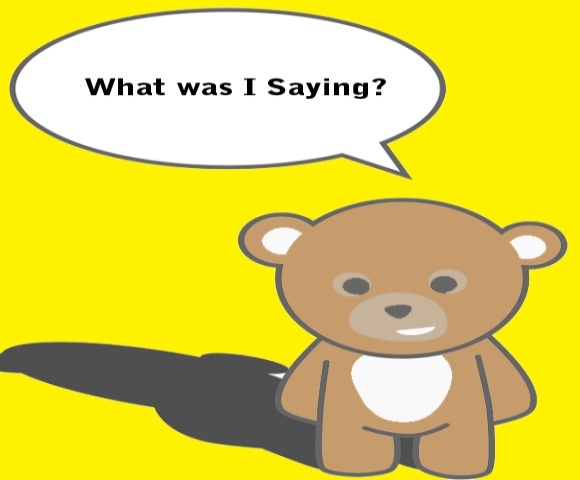
You must have to be flexible enough to adjust your speech. Sometimes, memorizing a quotation or few concluding remarks can boost your confidence.
4. Impromptu speaking:
You might have to give an impromptu or unrehearsed speech if you are called onto speak unexpectedly or someone invite you on stage for public speaking or may for you remarks. You should avoid speaking unpreparedly. Unless you have enough knowledge on the same topic or you are an extra-ordinary public speaker.
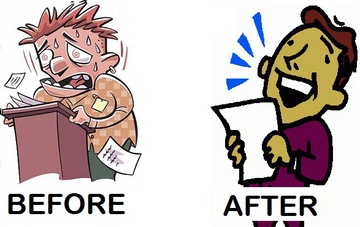
When you are asked to speak “off the cuff” take a moment to think through what you will. Human can think 800words/sec. so begin your unprepared speech.
There are some Strategies for effective oral communication ?
The way you talk, speak is known as Oral communication. It is also known as interpersonal communication.

Business people spend 85% of their time on oral communication.
I. Pitch
highness or lowness of a sound is called pitch . Pitch is the auditory attribute of sound ordered on a scale from low to high.
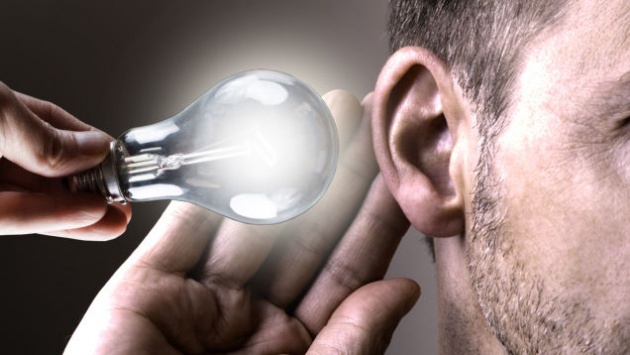
Think about the guitar it’s the best example of lowness and highness of pitch. Avoid monotony, speaking with one pitch tone. Make sure to vary the speech as you speak to show emphasis and change in meaning.
II. Rate:
Rate is the number of words which you speaks per minute.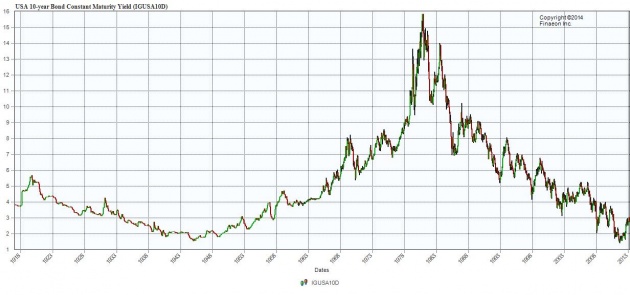
Standard rate in public speaking is 160wpm, while in normal conversation rate is 250wpm.
III. Volume :
Listeners want to clearly hear a speaker without straining to do so and without being blasted out of their chairs.
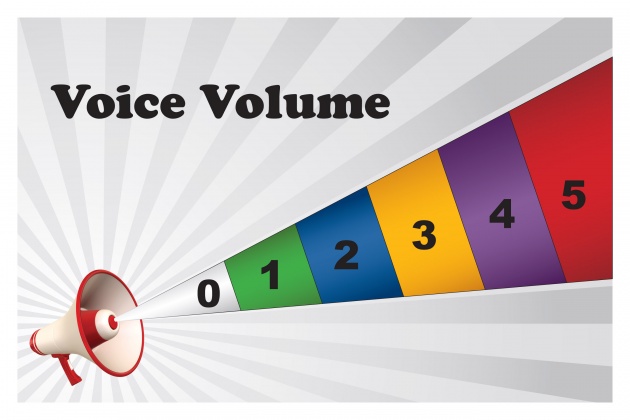
A presenter who speaks too loudly may be perceived as bombastic, aggressive, or insensitive to listeners. On the other hand, one who speaks too softly may convey the impression of being passive or puzzled.
IV. Vocal quality :
Vocal quality is the personality. Voice is your trade mark.
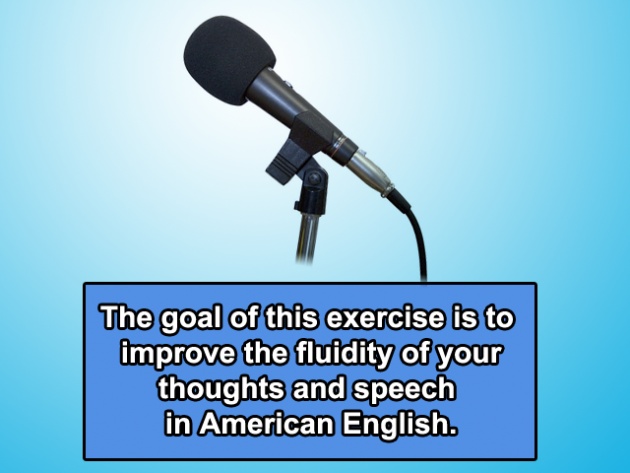
V. Pronunciation
Pronunciation is the way that how word is pronounced.
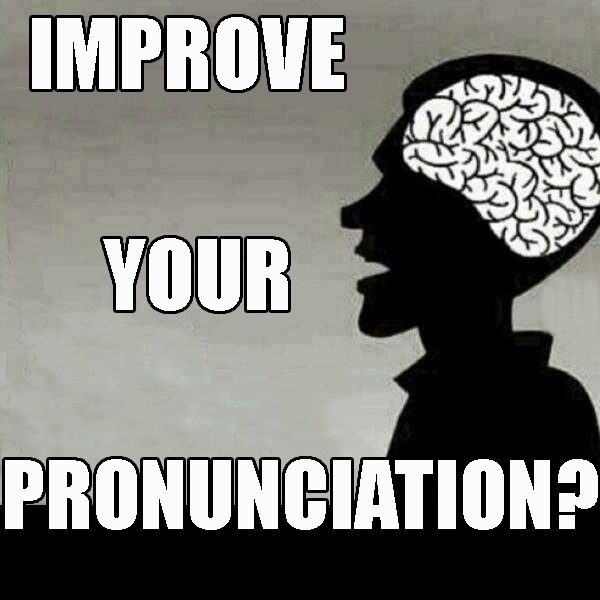
For effective communication the speaker should pronounce words clearly so listeners can understand exact meaning easily rather than shiver your voice.
Oral white pause:
A pause between major thoughts to get a break in the flow of thoughts.

It is also a sign of ignorance.
Strategies for improvement in non-verbal communication:
- Appearance:
Appearance means how you look. Out look of person is called appearance. Our grooming, our clothing, our style all shape of appearance.

The appearance of man, car and room etc is also communicates.
- Posture:
Posture is a way in which a person walks, stands, or sits. Posture is important in projecting the right image. It shows confidence or nervousness.

Stand tall with your weight on both feet and your shoulders back.
- Facial expression:
Our face is the primary sight for expressing our emotions. It shows our feelings. These feelings may be of love, hatred, joy, sorrow, anger, fear, etc.

- Gestures:
Any behavior of the hands, arms, head, and shoulders is called gesture.

We communicate through nod of head, shake of the head etc.
for more good blogs please subscribe me at http://www.filmannex.com/Haseeb9410/blog_post



